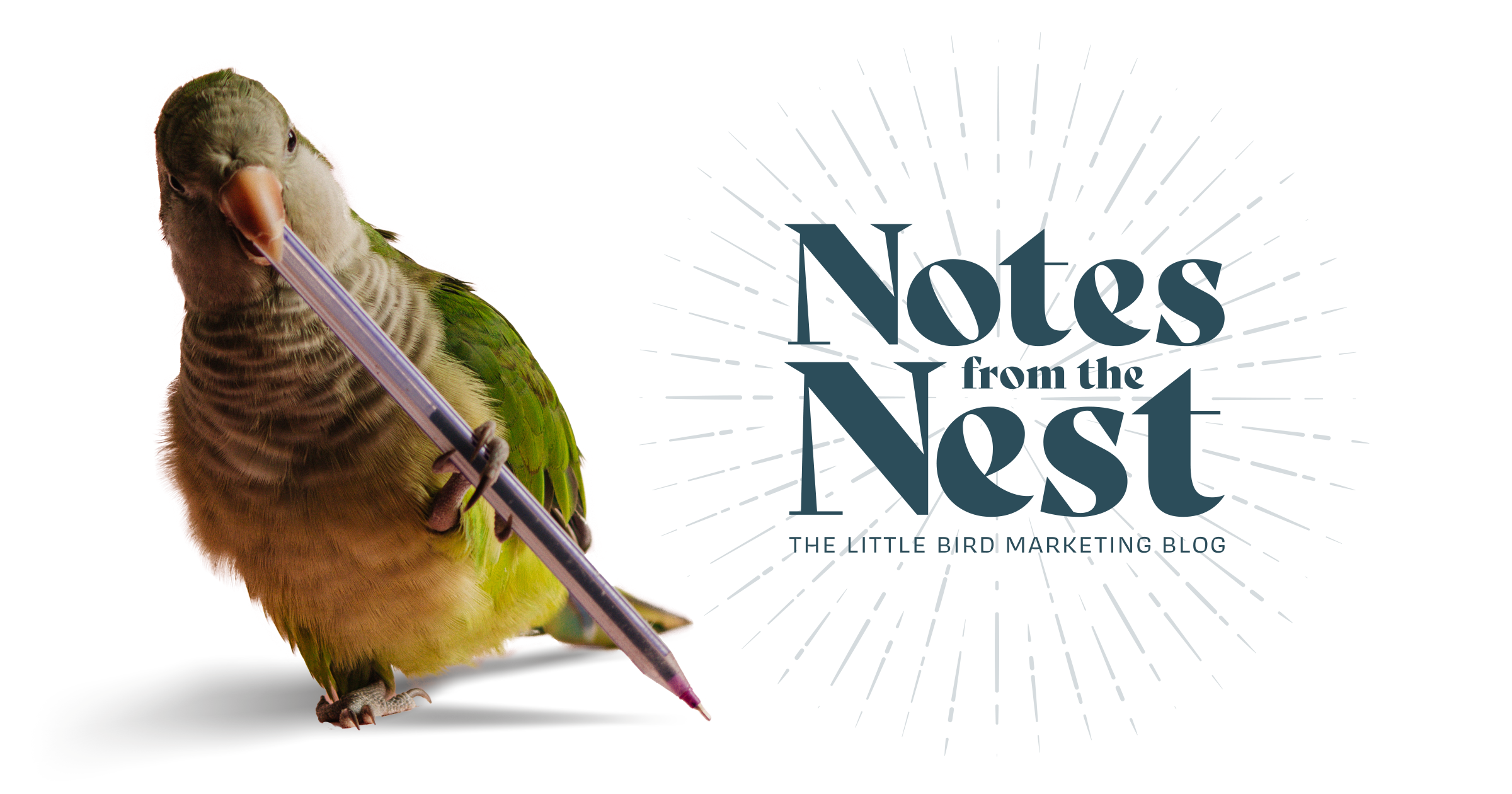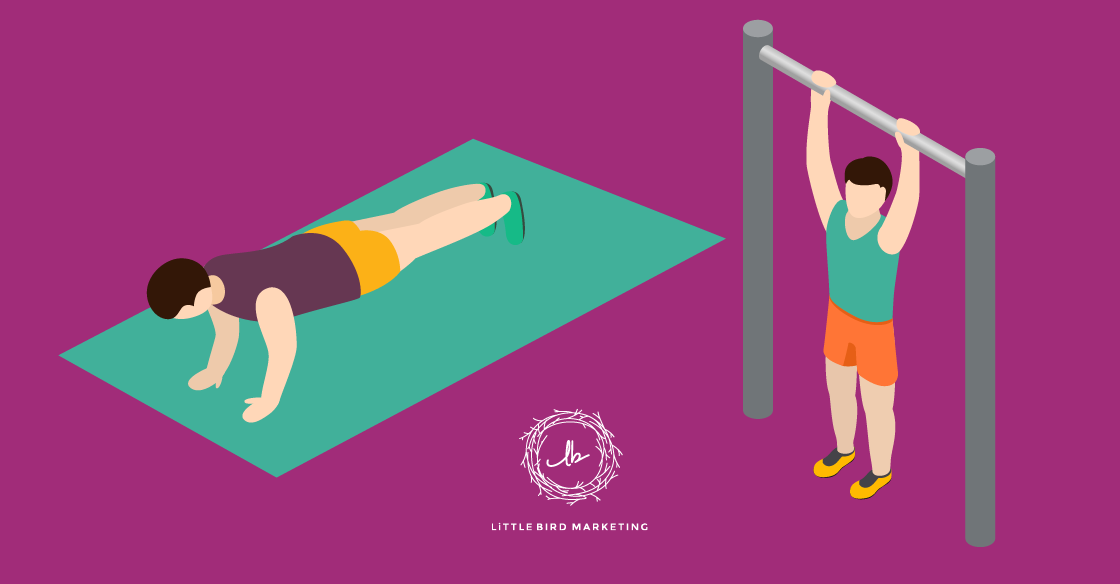Websites are ubiquitous. At this point, it's pretty much assumed that if you are opening a business, you will have a website as well. And that's a good idea. The only problem is, there are currently over 1 billion websites in existence! So, unlike the Field of Dreams, even "if you build it," there's no guarantee that anyone will ever find your site. How do we get traffic then? Advertising.
But here's where things get tricky. There are soooo many advertising options available on soooo many platforms. Small business owners and CMOs alike can easily be overwhelmed. I'm often asked for an on-the-spot evaluation of a particular marketing tactic. You know, questions like -
"Do Facebook ads still work?"
"Should we pay for LinkedIn promotions?"
"Do you need a big budget to get traction on Google AdWords?"
Ninety percent of the time, I can't answer these questions without having a lot more information about the intended results and target market. These are the types of decisions that should be dictated by a strategy that takes the entire business/market snapshot into account.
One prime strategy of search engine advertising (which I think is often misunderstood) is the optimization of both text ads and display ads. I'll explain both, but if you want to jump to my conclusion about which is better, you won't find it. Again, it depends on your desired results and therefore your strategy. However, in my expert opinion, I would recommend using both in combination for the best results. It's kinda like your workout. Let me explain.
Text Ads: The Pull-Up
 Search engine text ads work by using a pull effect. Generally speaking, when people are searching online, a relevant ad will show based on keywords. So, for example, if I type "running shoes" into my search bar, the search engine scours the internet and provides organic (non-paid) results for me to review. However, a company can have its listing added to the findings by paying for Search Ads.
Search engine text ads work by using a pull effect. Generally speaking, when people are searching online, a relevant ad will show based on keywords. So, for example, if I type "running shoes" into my search bar, the search engine scours the internet and provides organic (non-paid) results for me to review. However, a company can have its listing added to the findings by paying for Search Ads.
How They Perform Best
These ads work best for those on limited budgets due to the pay-per-click structure. Text ads also work great for those selling an urgent service, targeting a specific location, or generating leads that convert. If a product has a short sales cycle, text ads are more desirable.
Display Ads: The Push-Up
 Display advertising works by using a pushing effect. For instance, when you're reading a blog on running tips, you might see a graphic advertising for those running shoes you were looking for earlier.
Display advertising works by using a pushing effect. For instance, when you're reading a blog on running tips, you might see a graphic advertising for those running shoes you were looking for earlier.
How They Perform Best
Display ads work well for new products or services where a company is trying to increase brand awareness. These ads are very visual and usually involve images or video clips. Luxury buyers tend to respond well to this type of advertising. It's also effective for products with lengthy sales cycles. And yes, I've heard that display ads can easily be ignored by viewers. Honestly, all advertising can - but research shows the exposure created can still have a positive effect for brand recognition.
Just like combining push-ups with pull-ups will give you better fitness results, combining search and display ads will give you stronger advertising campaign results. If you are using Google AdWords or Google Trends, ensure two separate campaigns are created to compare and contrast your results between display and search ads.
Want more informative and practical advice about marketing, digital strategy, and content tips and tricks? 




Let Us Know What You Thought about this Post.
Put your Comment Below.